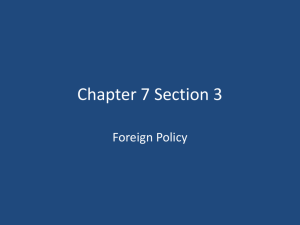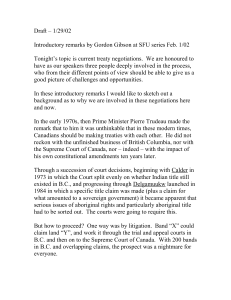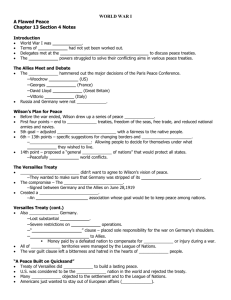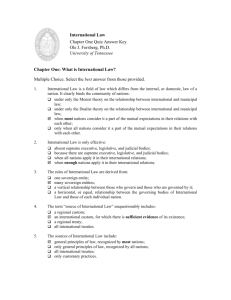Good evening, and welcome to this fourth in a series... public education program on aboriginal/non-aboriginal
advertisement
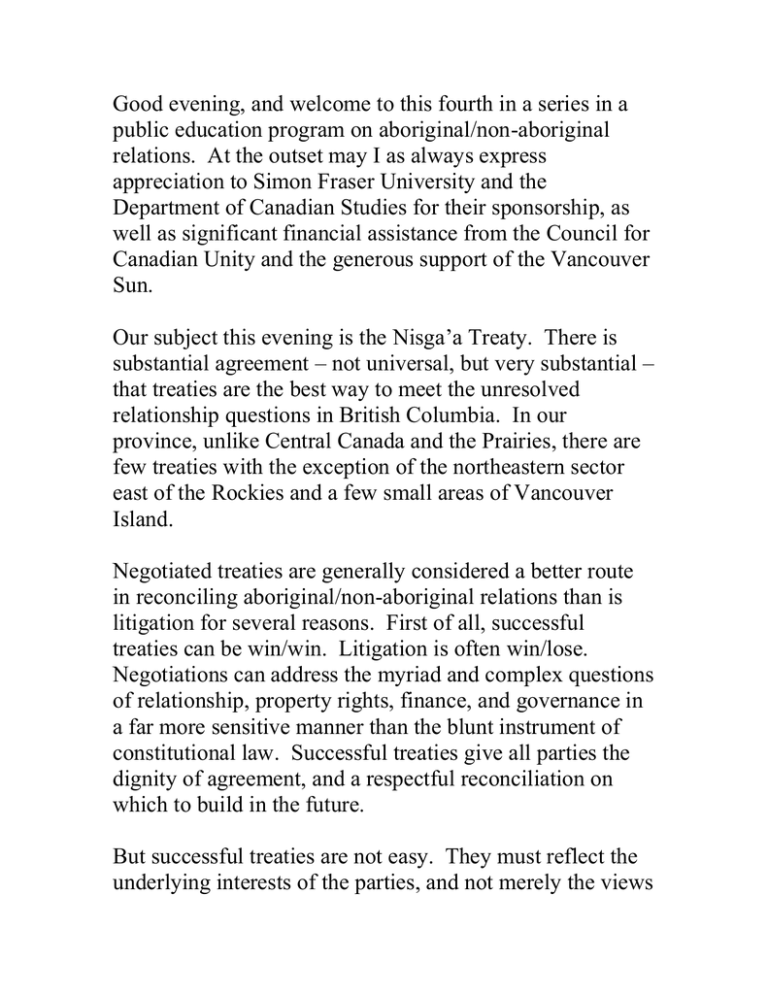
Good evening, and welcome to this fourth in a series in a public education program on aboriginal/non-aboriginal relations. At the outset may I as always express appreciation to Simon Fraser University and the Department of Canadian Studies for their sponsorship, as well as significant financial assistance from the Council for Canadian Unity and the generous support of the Vancouver Sun. Our subject this evening is the Nisga’a Treaty. There is substantial agreement – not universal, but very substantial – that treaties are the best way to meet the unresolved relationship questions in British Columbia. In our province, unlike Central Canada and the Prairies, there are few treaties with the exception of the northeastern sector east of the Rockies and a few small areas of Vancouver Island. Negotiated treaties are generally considered a better route in reconciling aboriginal/non-aboriginal relations than is litigation for several reasons. First of all, successful treaties can be win/win. Litigation is often win/lose. Negotiations can address the myriad and complex questions of relationship, property rights, finance, and governance in a far more sensitive manner than the blunt instrument of constitutional law. Successful treaties give all parties the dignity of agreement, and a respectful reconciliation on which to build in the future. But successful treaties are not easy. They must reflect the underlying interests of the parties, and not merely the views of the negotiators. Every Agreement in Principle so far negotiated under the B.C. Treaty process has failed this test, being rejected at ratification. Successful treaties must be based on a genuine mandate. The perceived lack of such a mandate for provincial negotiators is the stated reason for the controversial referendum process to be held in B.C., which is not a subject of this series but certainly provides background music. And successful treaties must stand the test of time, because by way of the 1982 and 1984 amendments to the Constitution of Canada, treaties receive constitutional protection under Section 35. They are in a sense “forever” documents, changeable only by unanimous consent. That puts a very heavy duty on the current generation making those decisions. And in addition the parties may have very different interests. Governments seek certainty and finality. The Indian side seeks preservation of rights. Governments want to look only to the future. The Indian side says the past is important. Governments seek to maintain their jurisdiction. The Indian side says there are certain inherent rights of self-government which trump either federal or provincial jurisdiction. Two sides of the table want to “give” as little as possible; the other side says you aren’t “giving”, you are only returning a part of what you took. The only so-far successful modern treaty in British Columbia to date is the Nisga’a Treaty. Indeed, in the whole of Canada the Nisga’a Treaty goes farther than other modern treaties such as those relating to James Bay and the Yukon. I put in the qualifier, “so far” because it will be years before the workings can truly be assessed, and legal challenges still remain. The “Campbell” case challenging the self-government aspects was rejected at the B.C. Supreme Court level by one judge and will not be appealed as the new government says it cannot properly “sue itself” as the saying goes. Other challenges are in the system which may or may not gain the funding necessary to proceed. The Nisga’a Treaty has achieved broad support in the aboriginal community, and much of the “mainstream tribe” (to use Paul Tennant’s phrase), though all underline it should not be considered a “template”. It remains controversial among others who insist that there are serious defects both in principle and in practice, many of which defects are hidden by the remoteness of the Nisga’a lands and the very few non-Nisga’a living thereon. With all of these cautions the Nisga’a Treaty remains an extremely important agreement, and we are fortunate to have three discussants here tonight who collectively know more about it than anyone else. As with all of the first five sessions of this series, this is an “expert” panel. The politicians representing the interests and emotions of all of the parties will be heard at our final session on April 18. Jim Aldridge was the lead legal negotiator for the Nisga’a, and Patrick O’Rourke was the assistant chief legal negotiator for British Columbia. Chris Harvey is perhaps the leading constitutional lawyer in the province of that part of the aboriginal bar that believes the Nisga’a Treaty has significant problems of content and law. As always, our presenters are free to say what they wish. I would expect that Messrs. Aldridge and O’Rourke might say something about what their principals sought to achieve in the negotiations, and in describing the Treaty, spelling out the degree to which that worked. Since no one ever gets all they want, they might also have something to say about some of the painful tradeoffs, though it may still be too early for much of that. Mr. Harvey may choose to discuss some of the practical and constitutional difficulties which concern many British Columbians. In principle each of them has agreed to speak for about twenty minutes and then we will turn to the audience for your questions, though of course if any of them wish some time for rebuttal first that will be afforded. As representative of the chief protagonist of the Treaty, I introduce first Jim Aldridge, to be followed by Patrick O’Rourke and Chris Harvey.
